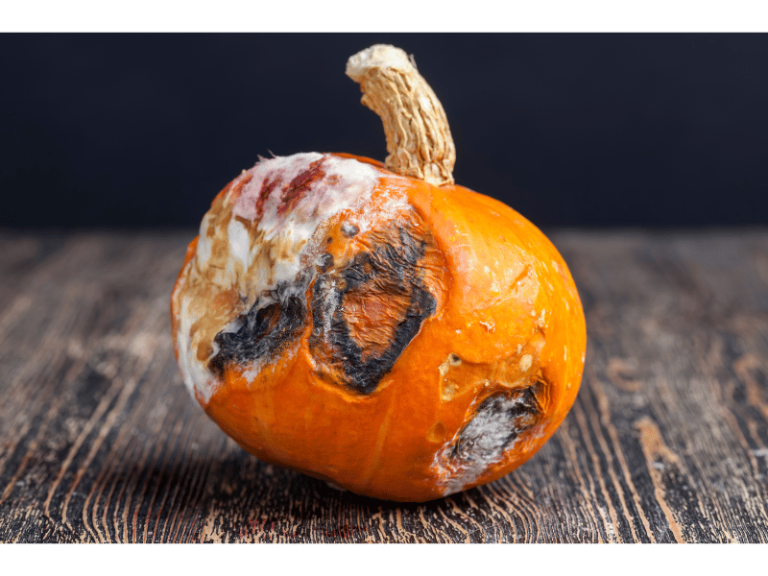Once, a large ocean liner was sailing from Egypt to England, with its cargo hold full of cotton, meticulously packed.
Suddenly, people smelled a strong burning odor, and soon a fire swept through the entire ship.
Where did the fire start? The engine room was intact, the kitchen had fireproof barriers, and no one had thrown away any cigarette butts. After repeated investigations, it was discovered that the fire was caused by spontaneous combustion of the cotton.
Self-heating, leading to spontaneous combustion, is common in nature. It doesn’t only happen with cotton; large piles of crop seeds and grains can also spontaneously combust.
Everyone knows that water can extinguish fire, but sometimes water can also cause it. Grains and seeds can respire. The drier they are, the weaker their respiration; if they contain more moisture, their respiration is stronger. When grains take in oxygen, a series of chemical changes occur inside, releasing a certain amount of heat. If this heat is not dissipated, it accumulates.
When the temperature reaches a certain point, bacteria on the grains or seeds become active. The activity of the bacteria produces a large amount of heat.
The heat from the respiration of the grains and seeds, combined with the heat from bacterial activity, increases the temperature to 70°C – 80°C, and it can go higher. At this point, fibers like cotton, with lower ignition points, will ignite. While grains and seeds with higher ignition points may not burn yet, the enzymes inside them become active, causing organic substances to gradually decompose. Combined with bacterial corrosion, they eventually become moldy and rotten.
To protect grains and seeds from heating up and becoming diseased, proper storage is crucial. They should be kept as dry as possible, not piled up too high, and stored in well-ventilated places.
If stored grains can be treated with infrared rays beforehand, the effect is even better because infrared rays can dry out the moisture in the center of each grain and eliminate bacteria and various pests.

